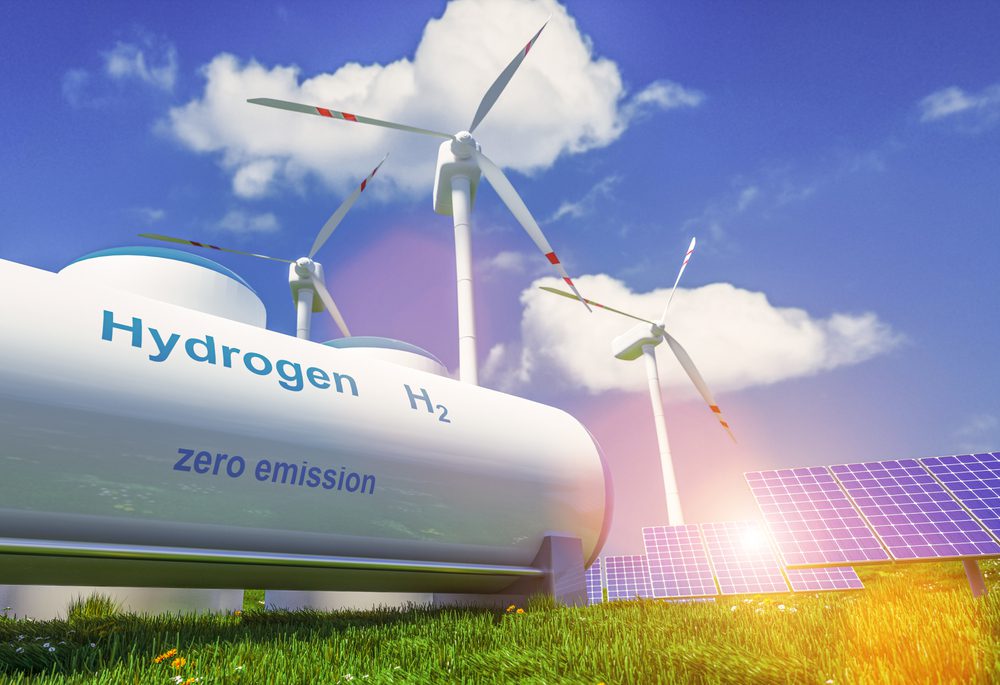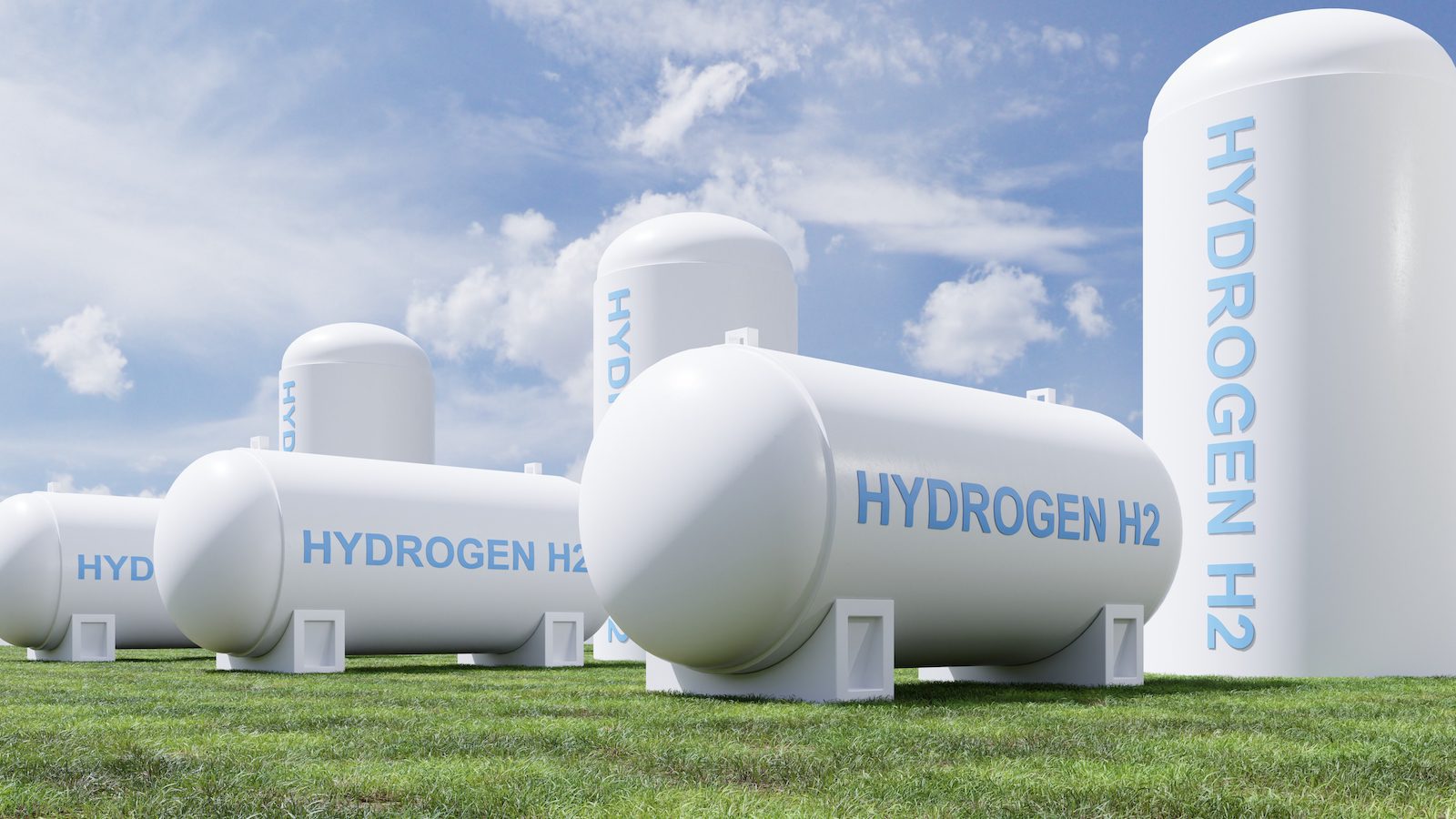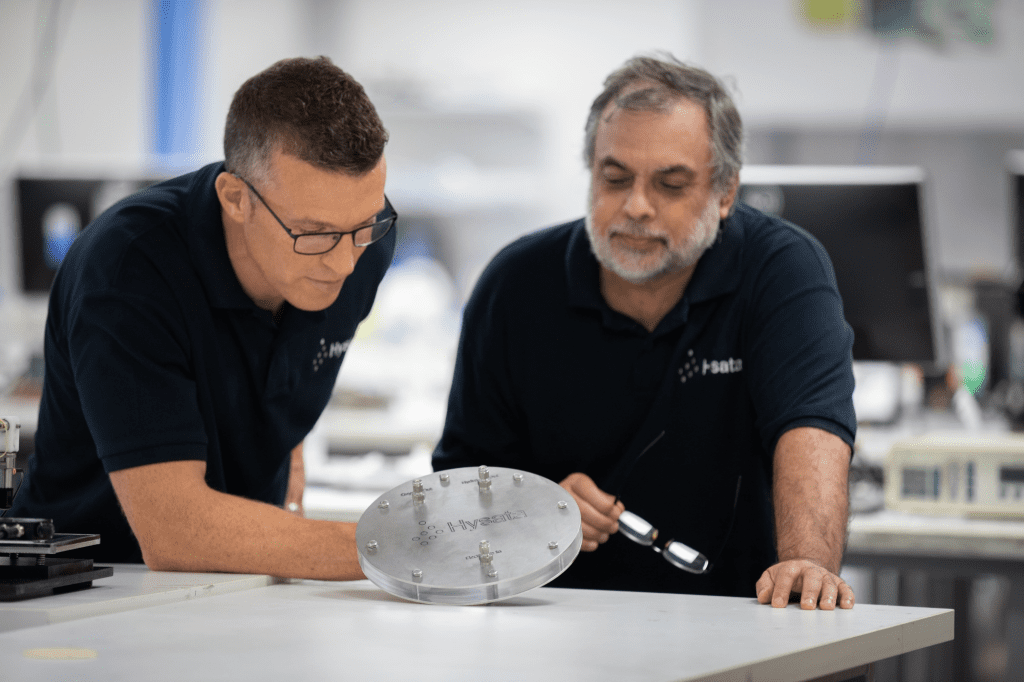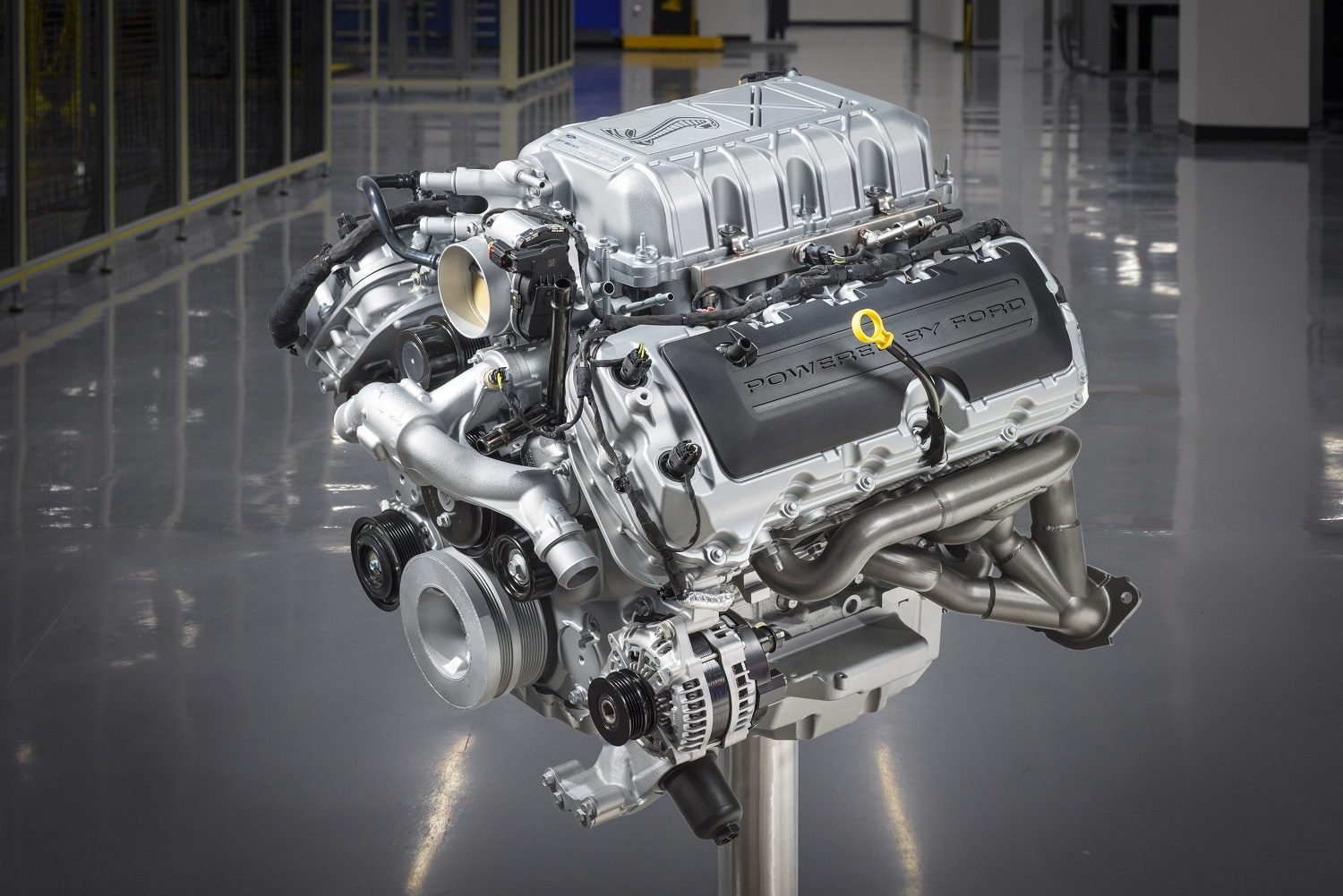Estimated reading time: 6 minutes
Table of contents
Green hydrogen is a rising sector where the Indian government also places its bets. According to the NITI Aayog report, India’s green hydrogen market will become $8 Bn by 2030. The government is trying to increase the demand for green hydrogen and possibly export it shortly.
Earlier this year, the Union Cabinet approved the Green Hydrogen Mission with an outlay of INR 19.744 Cr from FY24 to FY30. Also, the government is promoting its production to cut India’s carbon emissions, produce jobs, and bring in investments. It targets a green hydrogen production capacity of 5 million metric tonnes annually by 2030.
The time is ripe for the country’s transition to a low-carbon intensity economy with green hydrogen as a fossil fuel replacement. It is still a developing vector to the world, but with foundational technologies and experimentation, it will open new doors to new opportunities for innovation in the space.
Ossus Renewables is the prime example that effluents of the industries are a game changer innovation that can disrupt and help transition to a more sustainable future.
What is Ossus Renewables?
Ossus Renewables is a bioenergy company that utilizes the chemical content of oil and gas industry effluents as a decentralized power source.
As the world moves towards more sustainable and environmentally friendly energy sources, Ossus Biorenewables is at the forefront of providing clean, green energy solutions. We are optimistic about India’s green energy future and look forward to supporting Suruchi and the entire team at Ossus,” said Nikhil Kamath, who has invested $2.4 million in pre-series A funding from Gruhas Proptech and Rainmatter Climate. Stockbroking firm Zerodha’s cofounders Nikhil Kamath and Abhijeet Pai founded Gruhas, while Rainmatter Climate is Zerodha’s non-profit foundation.

If we want to move towards a sustainable future, we need multiple green energy sources, and hydrogen is a crucial piece of the puzzle. Ossus Renewables is holding the beacon in this direction. This Bengaluru-based startup is at the forefront of providing clean and green energy solutions.
The startup started its operations, partnering with steel giants and energy companies. It helps them produce hydrogen gas at less than $1 per kg. The company designed intelligent electroactive microbial communities to selectively target and break down the dilute organic content of effluents for biohydrogen production. In simpler terms, the microbes break down the complex waste materials into green hydrogen and clean water.
How is Ossus Renewables cleaning the waste?
The startup founded by Suruchi Rao, Shanta Rao, and Kamar Suhail Basha uses waste carbon in industrial effluents as the starting material for green hydrogen. The company has developed an AI-powered, intelligent bioreactor — the OB HydraCel — which accesses carbon from wastewater in process industries and supplies it with on-demand, on-site green hydrogen gas.
The technique also involves using proprietary bioreactors to convert the organic carbon content in industrial effluents to so-called “green” hydrogen—a light, colourless gas that doesn’t produce carbon dioxide when burnt. The core intellectual property finds roots in using microorganisms sourced directly from effluents as catalysts for green hydrogen production.
The technicians at Ossus install cylindrical-shaped bioreactors that draw out the organic matter from the effluents and convert it to green hydrogen. The bioreactors have twin benefits. It eliminates the need to compress, store and transport hydrogen—seen as a stumbling block—besides recycling the wastewater.
The cylindrical bioreactors have enough room to produce green hydrogen at industry sites. The bioreactors absorb carbon from wastewater produced by industries and supply them with green hydrogen gas. This revolutionary technique has shown excellent results.
The company can quickly produce 30 kg of green hydrogen per day for the steel maker from 6,000 litres of their effluent at a fraction of the cost it paid to Linde, an Irish supplier of green hydrogen.
So, how can green hydrogen help in a sustainable future?
Green hydrogen is used in solar power or wind to produce hydrogen from water via electrolysis with electrolyzers. It is better than grey hydrogen, used in fossil fuels such as natural gas and coal. Hence, Ossus is doing a commendable job in producing greener hydrogen.
“For a country where 500 million people go without access to drinking water, we don’t see how it is acceptable to use 18 litres of high-quality desalinated water to produce 1 kg of hydrogen,” says Suruchi Rao, cofounder and CEO of Ossus Biorenewables.
Why a sudden interest in Green hydrogen, and how is it better than Grey hydrogen?
The interest in green hydrogen production increased, especially last year. Also, the green output is put into three large buckets: industry, power generation, and vehicles.
Hence, there is a need to deduce a new sustainable alternative that can carry the heavy load of the three large buckets. The main focus should also be bringing the price of green hydrogen down.
Manufacturing cost-competitive green hydrogen, low-cost renewable energy, which accounts for 60 per cent of the total cost, and water are two essential resources required. There are also electrolyzers, which account for 30-35 per cent of the price. Currently, most hydrogen is produced from fossil fuels to produce grey hydrogen.
The whole cost amounts to ₹160-200/kg. The green hydrogen extraction price is much higher than that of the green hydrogen produced by Ossus Renewables. But there is a problem.
The green hydrogen revolution is still in its infancy, and the intermittent nature of renewables is the prime reason green hydrogen has yet to scale. The technology needs a round-the-clock supply of renewable energy, which includes proper storage infrastructure.
According to the International Energy Agency, green hydrogen accounts for only one per cent of the global hydrogen supply. However, the agency is optimistic that the prices of green hydrogen will be reduced with time.
What are Ossus Renewables’ plans?
“With the fresh infusion of funds, we will be able to scale manufacturing of HydraCel bioreactors exponentially, build enhanced bio-capability with state-of-the-art instrumentation, and expand across South Asia, Europe, and the US,” said Suruchi Rao, co-founder & CEO of Ossus Biorenewables.
The company wants to mainstream hydrogen power in India, along with the deployment of Ossus’ OB HydraCel across other sectors, including refining, foods, brewing, chemicals, and pharmaceutical industries.
“The startup will use the funding to accelerate — a bioreactor for on-site hydrogen gas generation — It also aims to produce three tonnes of green hydrogen each day before the end of the year.” Suchita Rao confirmed. Ossus has always worked with companies across industries, from oil refineries to cement makers, sugar mills to textile factories, and food and beverage. With new funding, the company wants to revolutionize the energy sector with its technology.
Related Posts





















Leave feedback about this